2,580cc DOHC Inline 6-Cylinder Engine 2 SU Carburetors 125bhp at 5,000rpm 4-Speed Manual Transmission 4-Wheel Independent Suspension 4-Wheel Drum Brakes *One of the first 49 'Washboard' DB2s *Known history from new *Custom period coachwork modifications *Eligible for many retrospective rallies including the Mille Miglia *Offered for sale publicly for the first time ever The Aston Martin DB2 "The fruits of the company's post-war competition experience are now to be seen in a new model, the DB2, which is a 100mph touring car of really individual design. It is designated a sports saloon but is really a streamlined two-three-seater coupé with space for a considerable amount of luggage." The Autocar, 21st April 1950. Aston Martin owner David Brown's 1947 acquisition of Lagonda made the latter's W O Bentley-designed, twin-overhead-camshaft, 2.6-liter six available for a new sports car. Announced in April 1950, with production commencing the following month, the DB2 owed much to the Claude Hill-designed DB1, using a shortened and modified version of the latter's chassis and identical suspension. Italian-inspired, the timelessly elegant GT bodywork was the creation of Frank Feeley. Having more power (105bhp at 5,000rpm) and less weight, the sleek DB2 comfortably out-performed its predecessor. The body of the DB2 afforded its occupants a generous amount of interior space and the considerable convenience of a forward-hinging entire front section. DB2 bodies were coachbuilt in the traditional manner, a situation that resulted in numerous differences between individual examples, most obviously in the treatment of the front grille. As with the DB1, the frontal aspect of the car received a three piece grille, and to each flank of the hood was an air vent. This design was only applied to the first 49 cars that they built. Retrospectively, these were termed as First Sanction DB2s, more colloquially as 'Washboard' DB2s, and represent just 10% of the model production. Today they are the most coveted by collectors. Right from the start, Brown was keen that his new Aston be internationally marketed. The car debuted at the New York Auto Show in April 1950 and early cars were reserved for racing, in order to create market presence and endorse their production - the old adage of 'win on Sunday, sell on Monday' being of strong importance to British companies. Those who were lucky enough to get their hands on a new Aston Martin were usually relatively close to the brand already and represented their top clientele; among the early owners in this country were Bill Spear, Cameron Peck and Briggs Cunningham. The Motorcar Offered It is not that surprising that Scandinavian clients were among the first to receive the second David Brown model, it being a wise move for Aston to post them far afield to a market which historically had strong car interest. This car, the 44th to leave the production line and therefore 34th production example, was one such car. It was purchased by Sölve Relve of Goteborg, a wealthy man who is believed to have acquired the car as primary sponsor for its next owner, Sture Nottorp, to drive. One of Sweden's most famous drivers, Nottorp had an active racing career in the mid to late 1950s, piloting a Frazer Nash Le Mans Replica at the Mille Miglia and Le Mans, and later campaigning a mighty Ferrari 410 Sport in the Swedish Grand Prix of 1956. He had hoped to campaign the same car at the Mille Miglia that year but the car didn't run owing to mechanical issues, for which he blamed the factory. Although ownership of the DB2 predates this, it shows a clear interest in sporting competition, which quite possibly began with this car. As new, the car was finished in the unusual scheme of 'Crushed Strawberry' with a grey 'Poly' (vinyl) interior, according to its factory records, a striking livery which no doubt stood out on the Swedish roads. More interestingly, and perhaps alluding to a more active sporting career, is a service record note in
2,580cc DOHC Inline 6-Cylinder Engine 2 SU Carburetors 125bhp at 5,000rpm 4-Speed Manual Transmission 4-Wheel Independent Suspension 4-Wheel Drum Brakes *One of the first 49 'Washboard' DB2s *Known history from new *Custom period coachwork modifications *Eligible for many retrospective rallies including the Mille Miglia *Offered for sale publicly for the first time ever The Aston Martin DB2 "The fruits of the company's post-war competition experience are now to be seen in a new model, the DB2, which is a 100mph touring car of really individual design. It is designated a sports saloon but is really a streamlined two-three-seater coupé with space for a considerable amount of luggage." The Autocar, 21st April 1950. Aston Martin owner David Brown's 1947 acquisition of Lagonda made the latter's W O Bentley-designed, twin-overhead-camshaft, 2.6-liter six available for a new sports car. Announced in April 1950, with production commencing the following month, the DB2 owed much to the Claude Hill-designed DB1, using a shortened and modified version of the latter's chassis and identical suspension. Italian-inspired, the timelessly elegant GT bodywork was the creation of Frank Feeley. Having more power (105bhp at 5,000rpm) and less weight, the sleek DB2 comfortably out-performed its predecessor. The body of the DB2 afforded its occupants a generous amount of interior space and the considerable convenience of a forward-hinging entire front section. DB2 bodies were coachbuilt in the traditional manner, a situation that resulted in numerous differences between individual examples, most obviously in the treatment of the front grille. As with the DB1, the frontal aspect of the car received a three piece grille, and to each flank of the hood was an air vent. This design was only applied to the first 49 cars that they built. Retrospectively, these were termed as First Sanction DB2s, more colloquially as 'Washboard' DB2s, and represent just 10% of the model production. Today they are the most coveted by collectors. Right from the start, Brown was keen that his new Aston be internationally marketed. The car debuted at the New York Auto Show in April 1950 and early cars were reserved for racing, in order to create market presence and endorse their production - the old adage of 'win on Sunday, sell on Monday' being of strong importance to British companies. Those who were lucky enough to get their hands on a new Aston Martin were usually relatively close to the brand already and represented their top clientele; among the early owners in this country were Bill Spear, Cameron Peck and Briggs Cunningham. The Motorcar Offered It is not that surprising that Scandinavian clients were among the first to receive the second David Brown model, it being a wise move for Aston to post them far afield to a market which historically had strong car interest. This car, the 44th to leave the production line and therefore 34th production example, was one such car. It was purchased by Sölve Relve of Goteborg, a wealthy man who is believed to have acquired the car as primary sponsor for its next owner, Sture Nottorp, to drive. One of Sweden's most famous drivers, Nottorp had an active racing career in the mid to late 1950s, piloting a Frazer Nash Le Mans Replica at the Mille Miglia and Le Mans, and later campaigning a mighty Ferrari 410 Sport in the Swedish Grand Prix of 1956. He had hoped to campaign the same car at the Mille Miglia that year but the car didn't run owing to mechanical issues, for which he blamed the factory. Although ownership of the DB2 predates this, it shows a clear interest in sporting competition, which quite possibly began with this car. As new, the car was finished in the unusual scheme of 'Crushed Strawberry' with a grey 'Poly' (vinyl) interior, according to its factory records, a striking livery which no doubt stood out on the Swedish roads. More interestingly, and perhaps alluding to a more active sporting career, is a service record note in
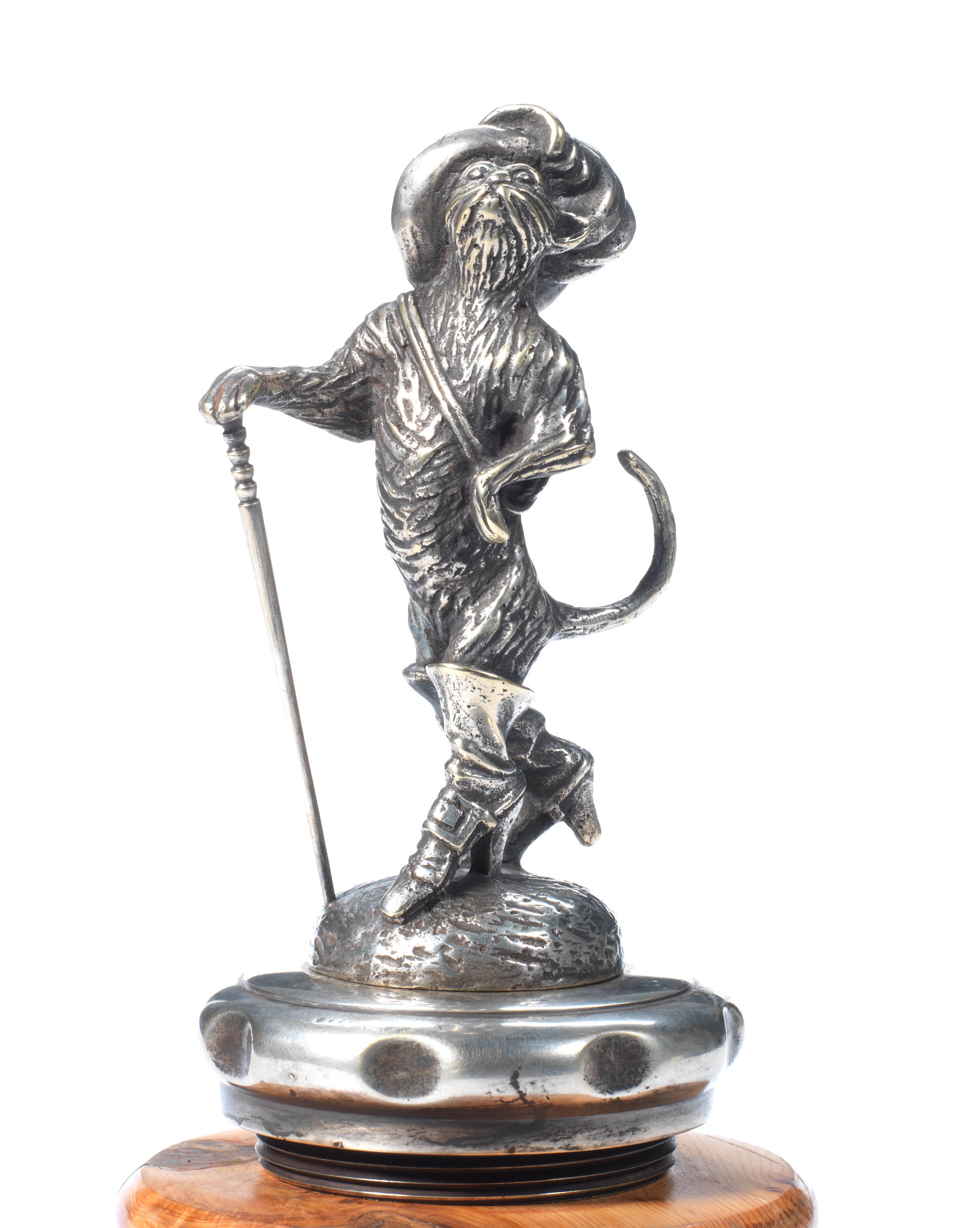


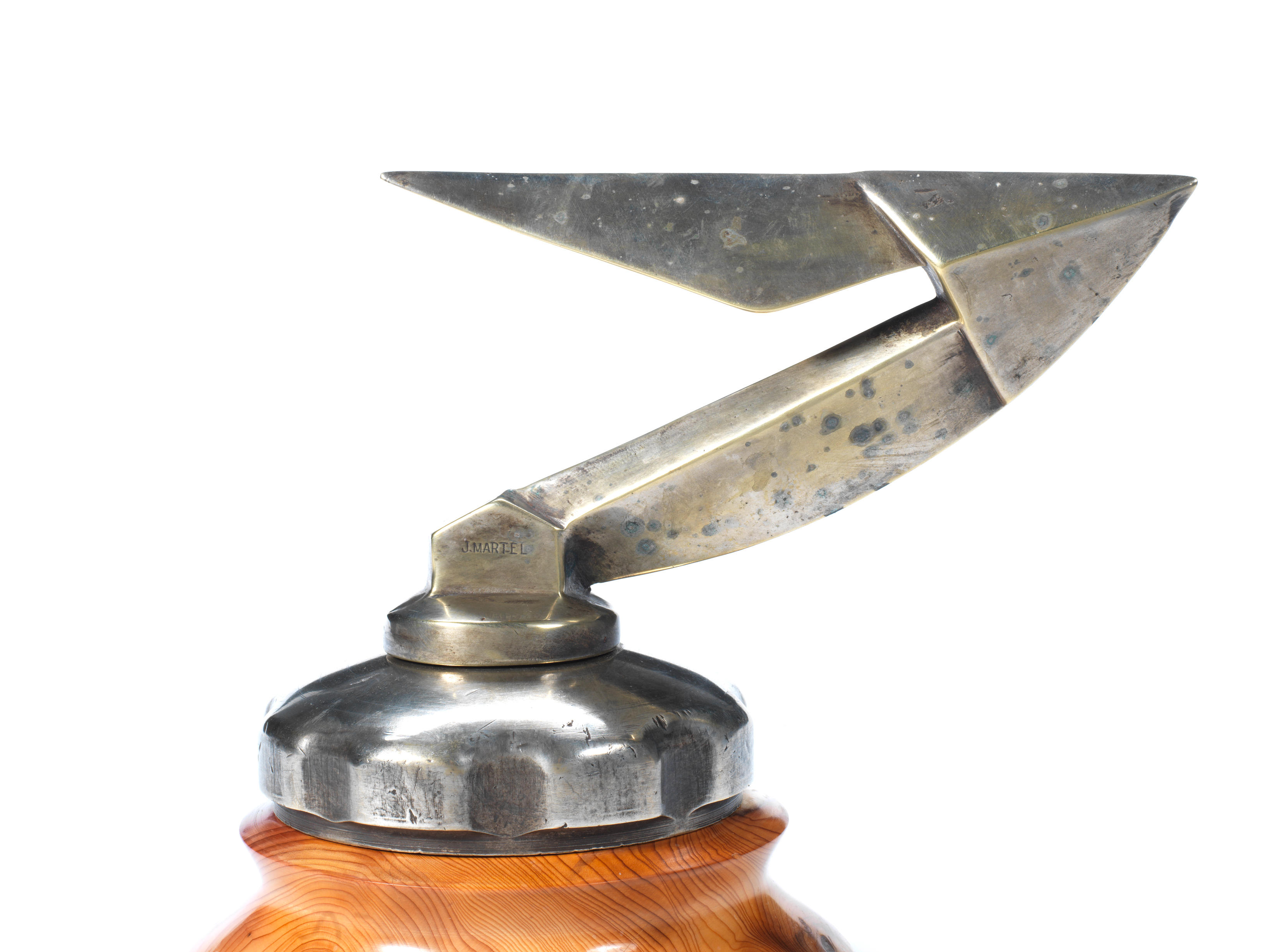
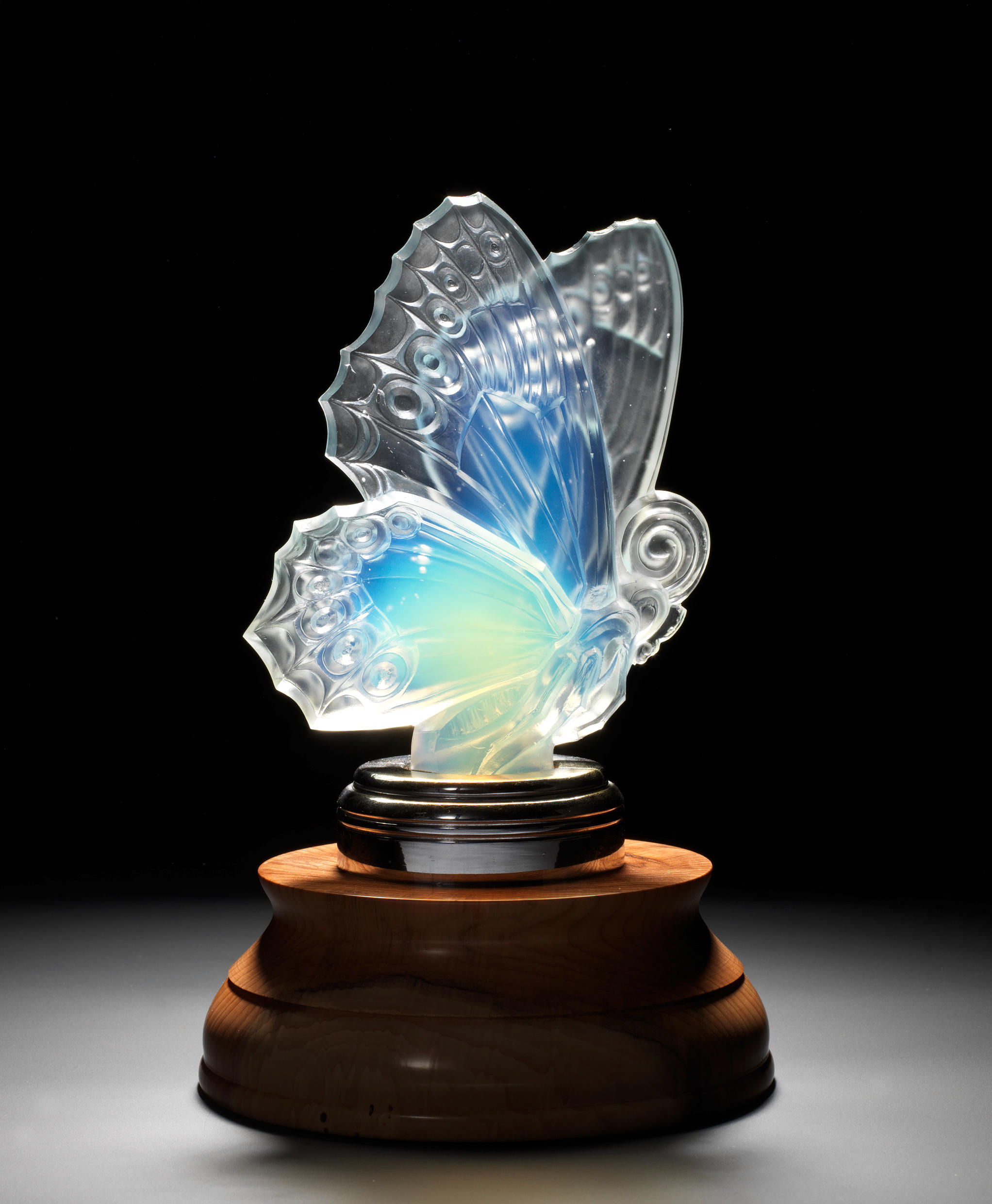
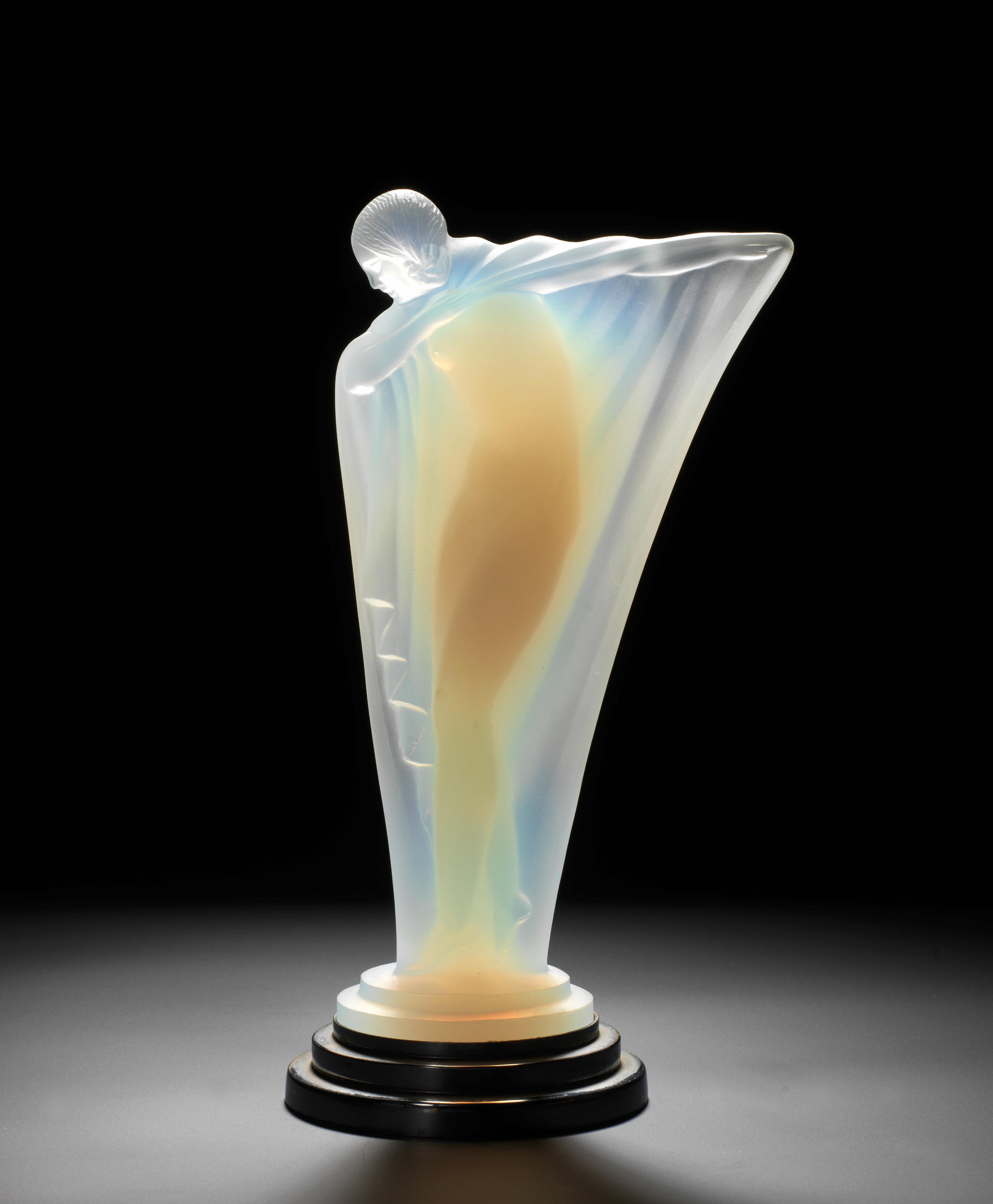
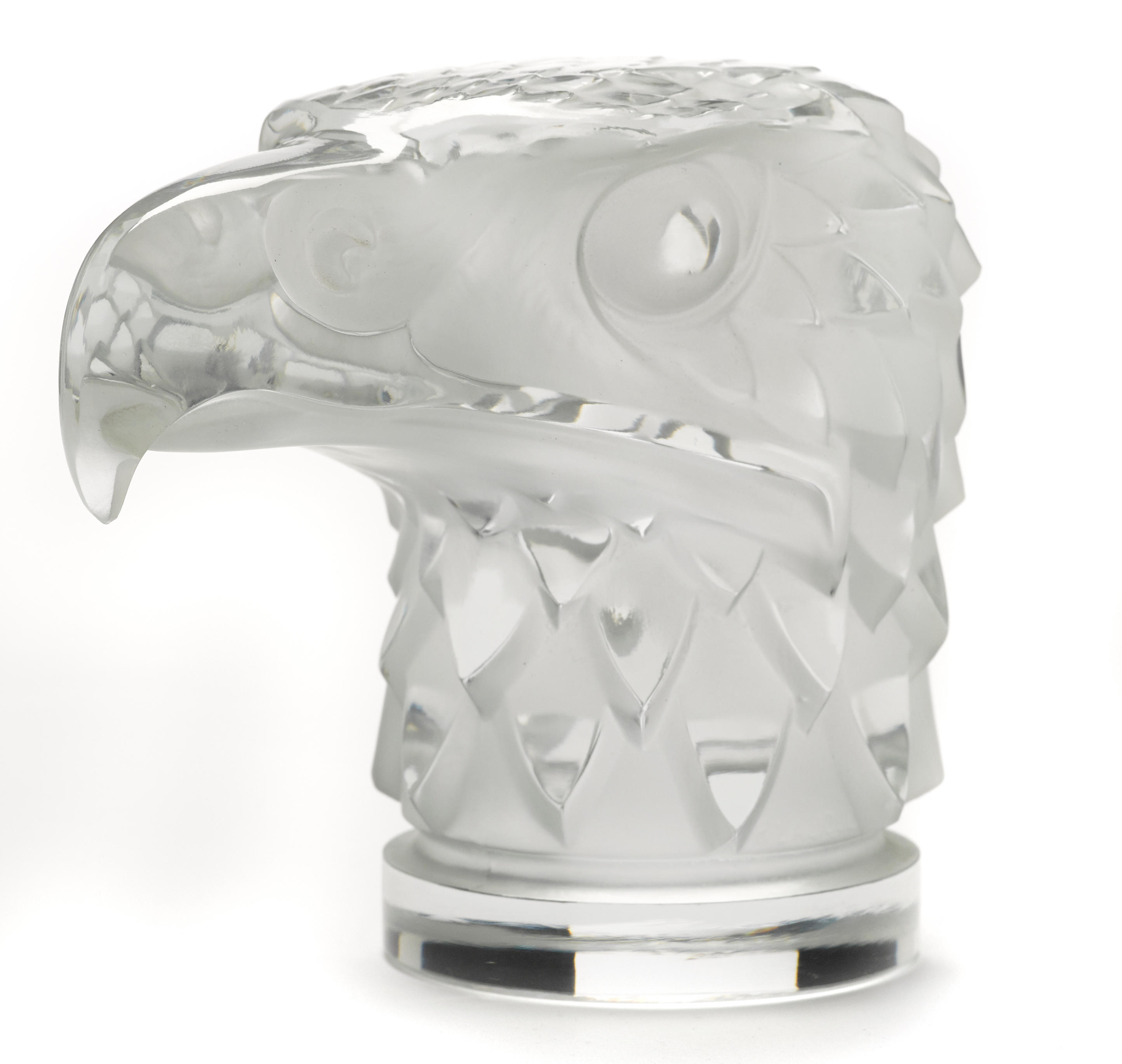
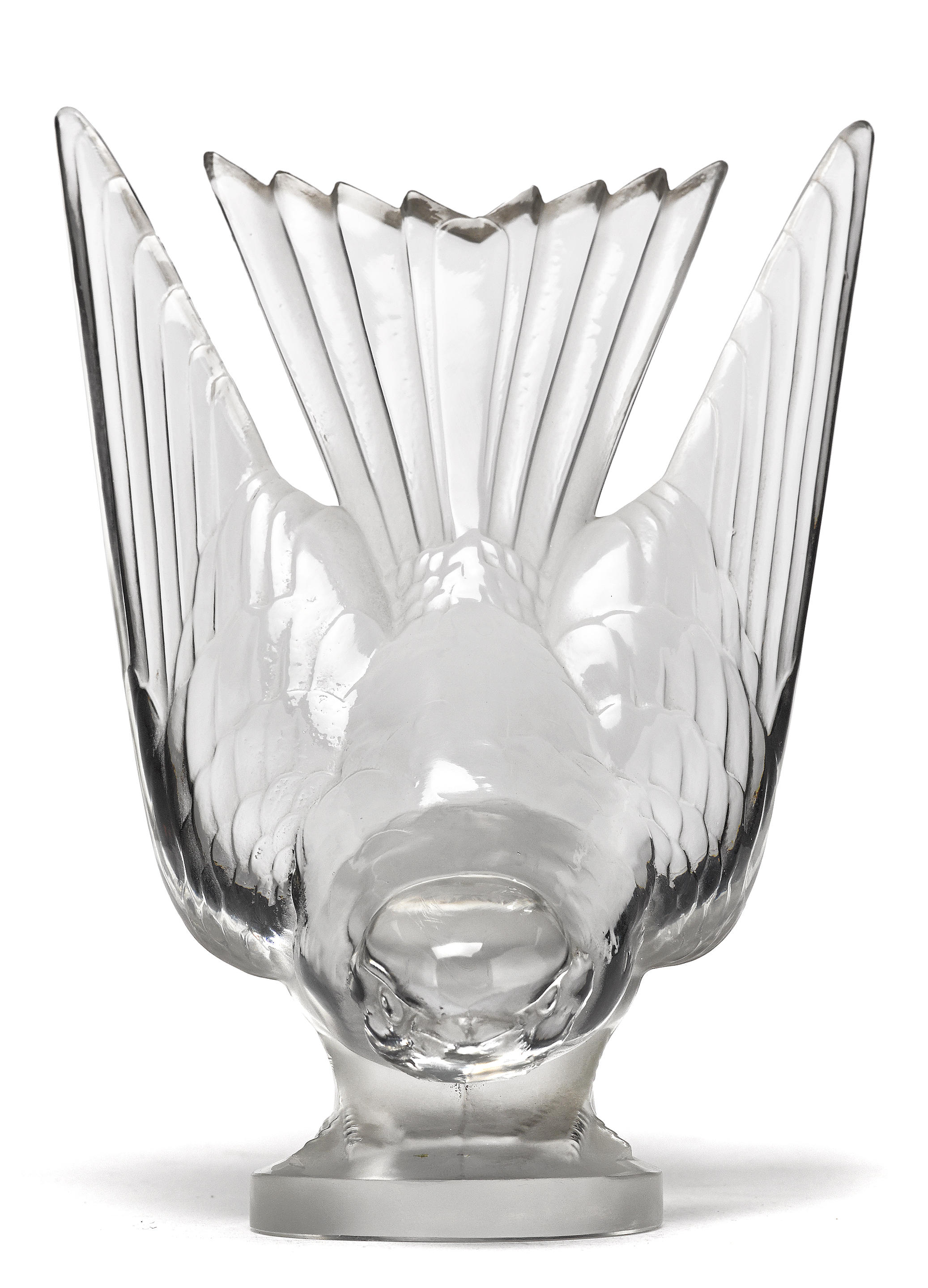
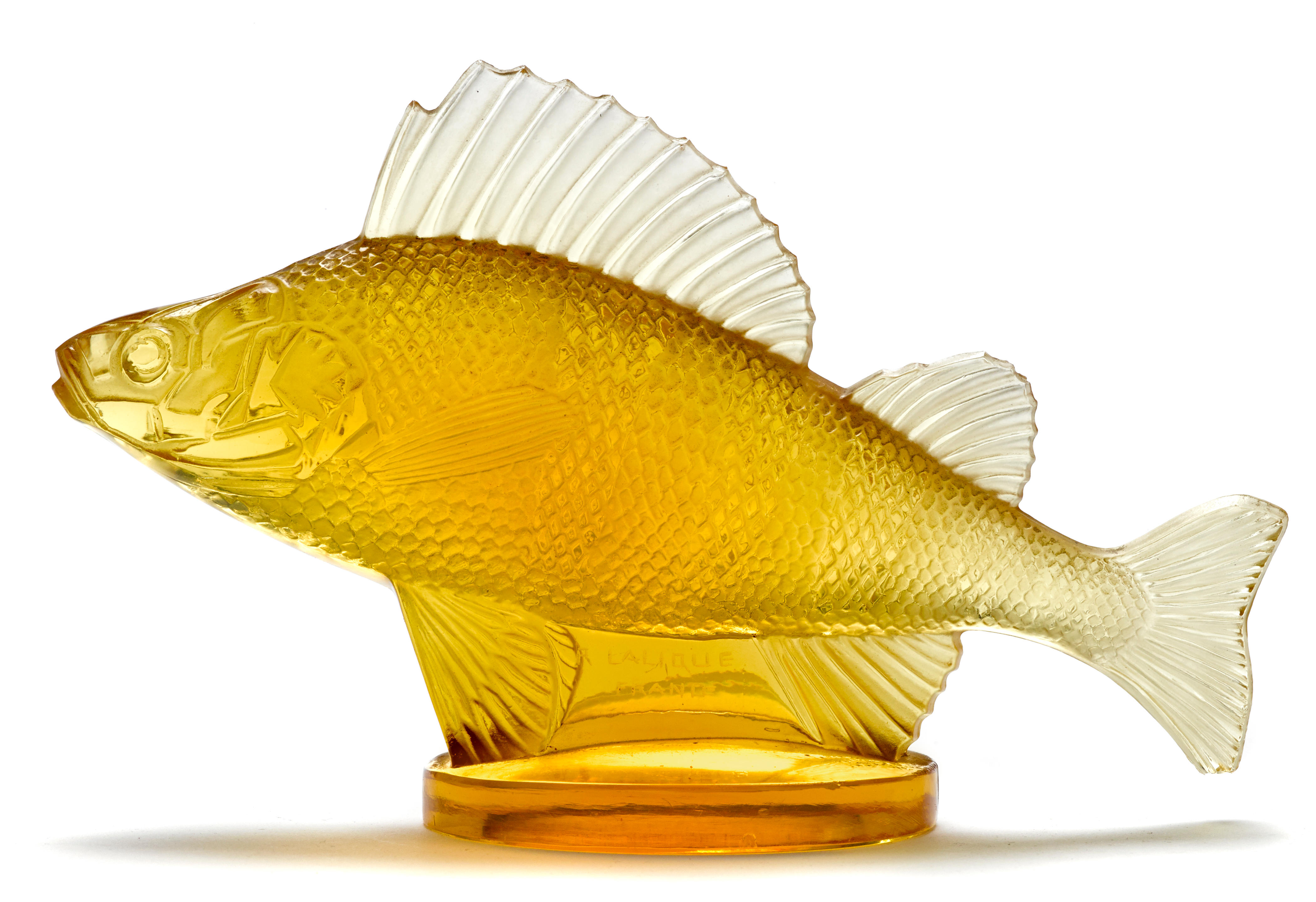
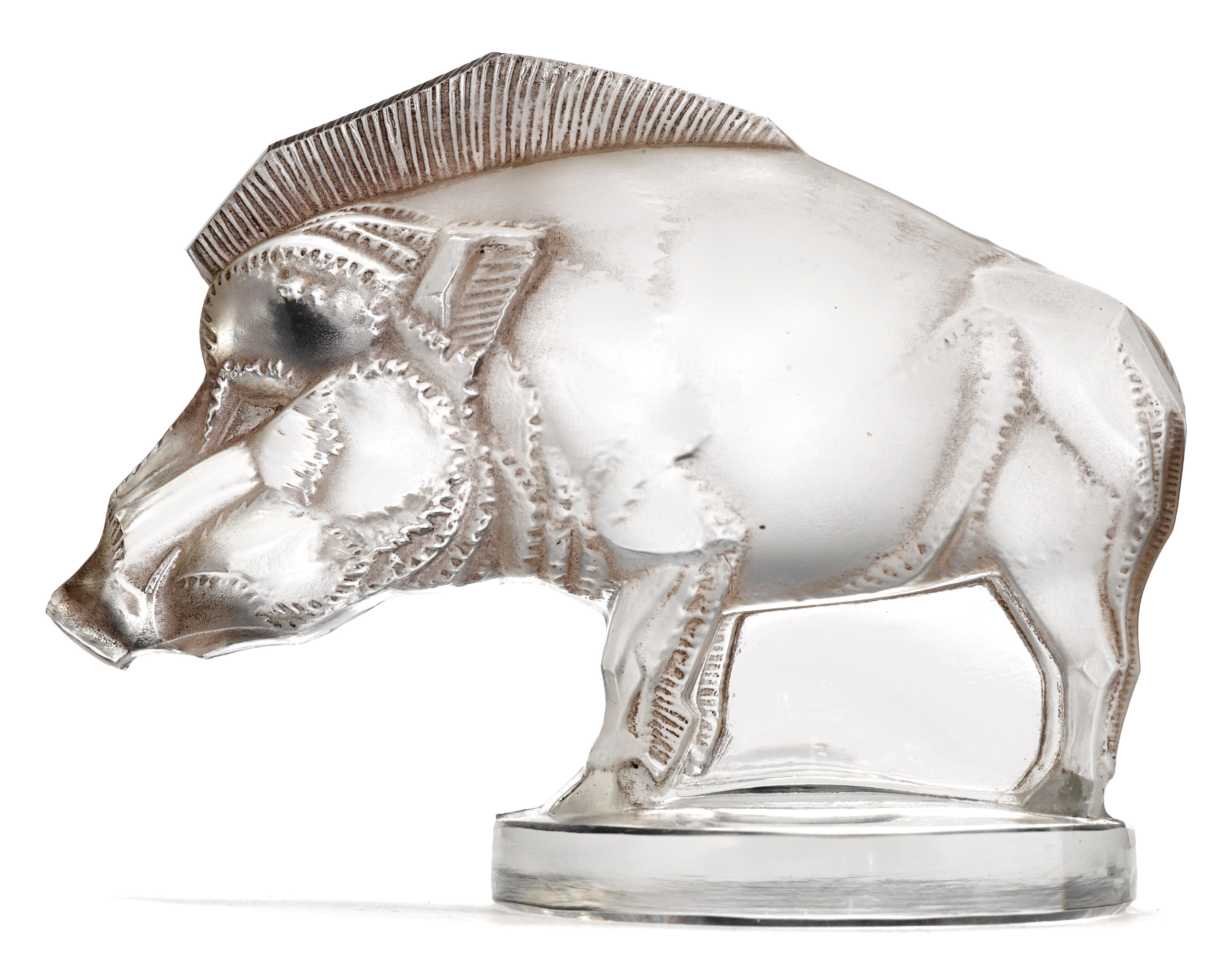
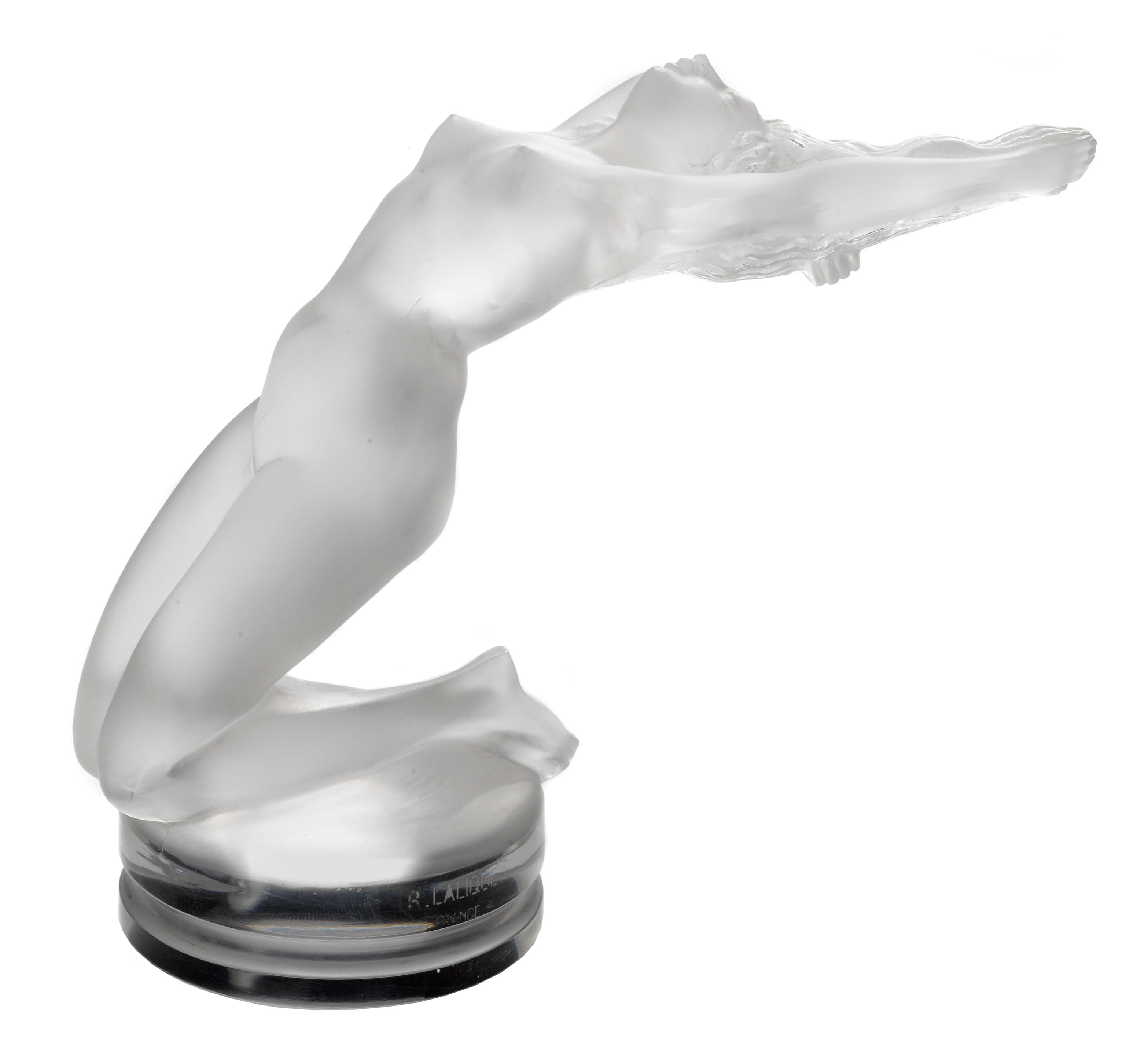

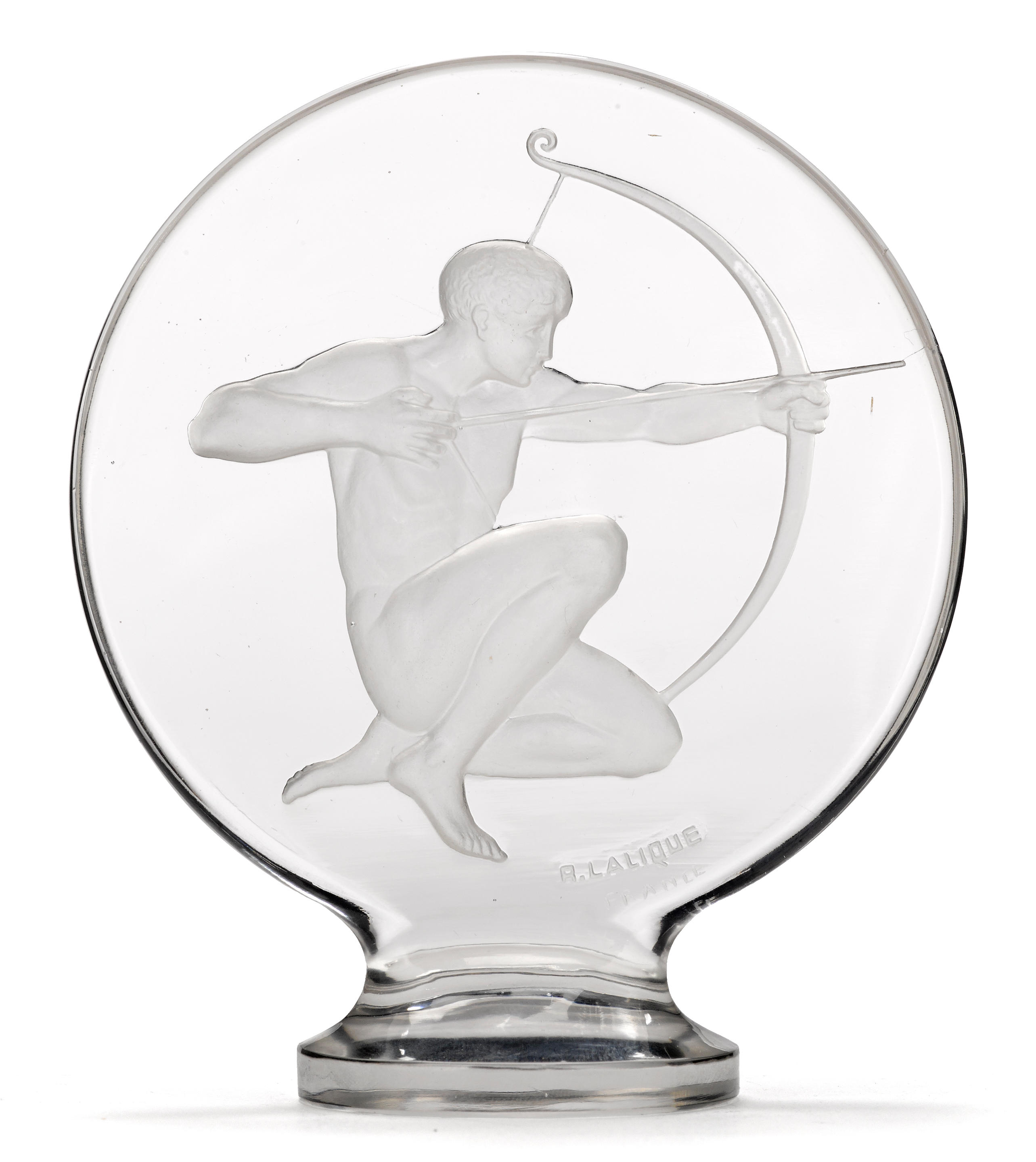
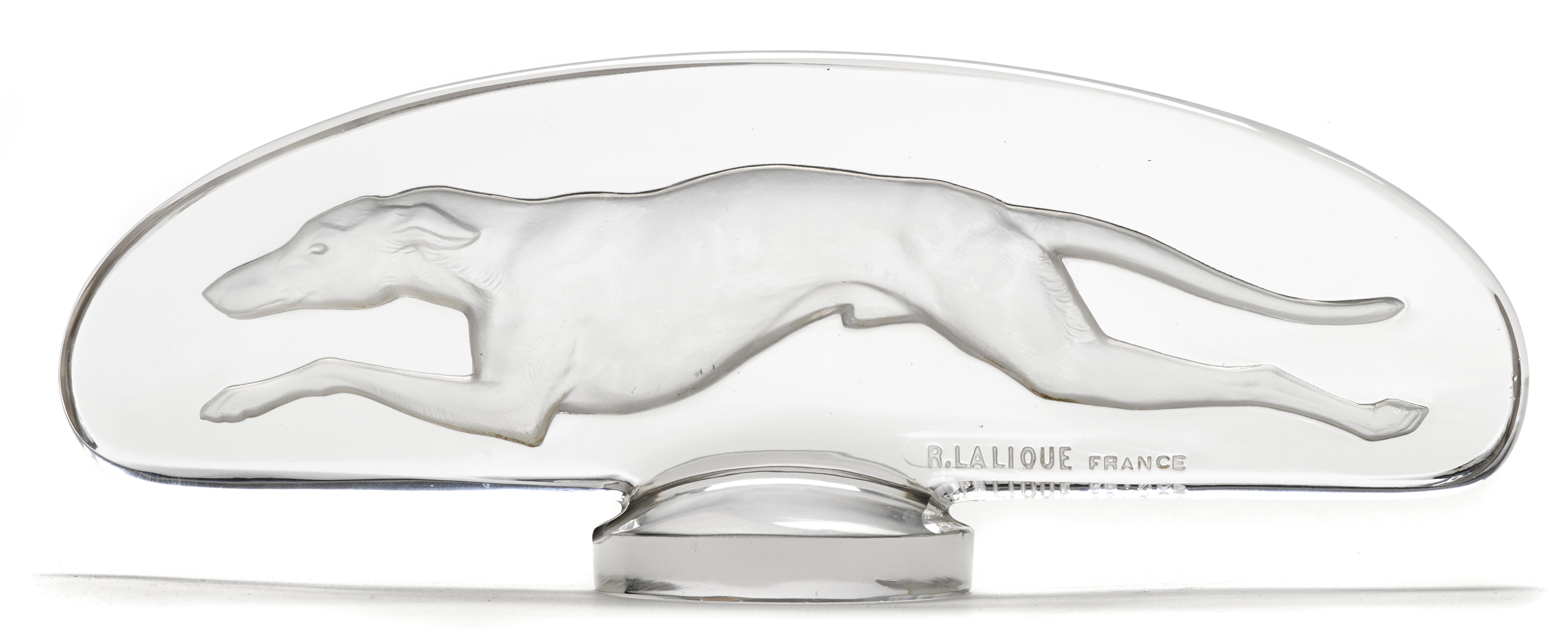
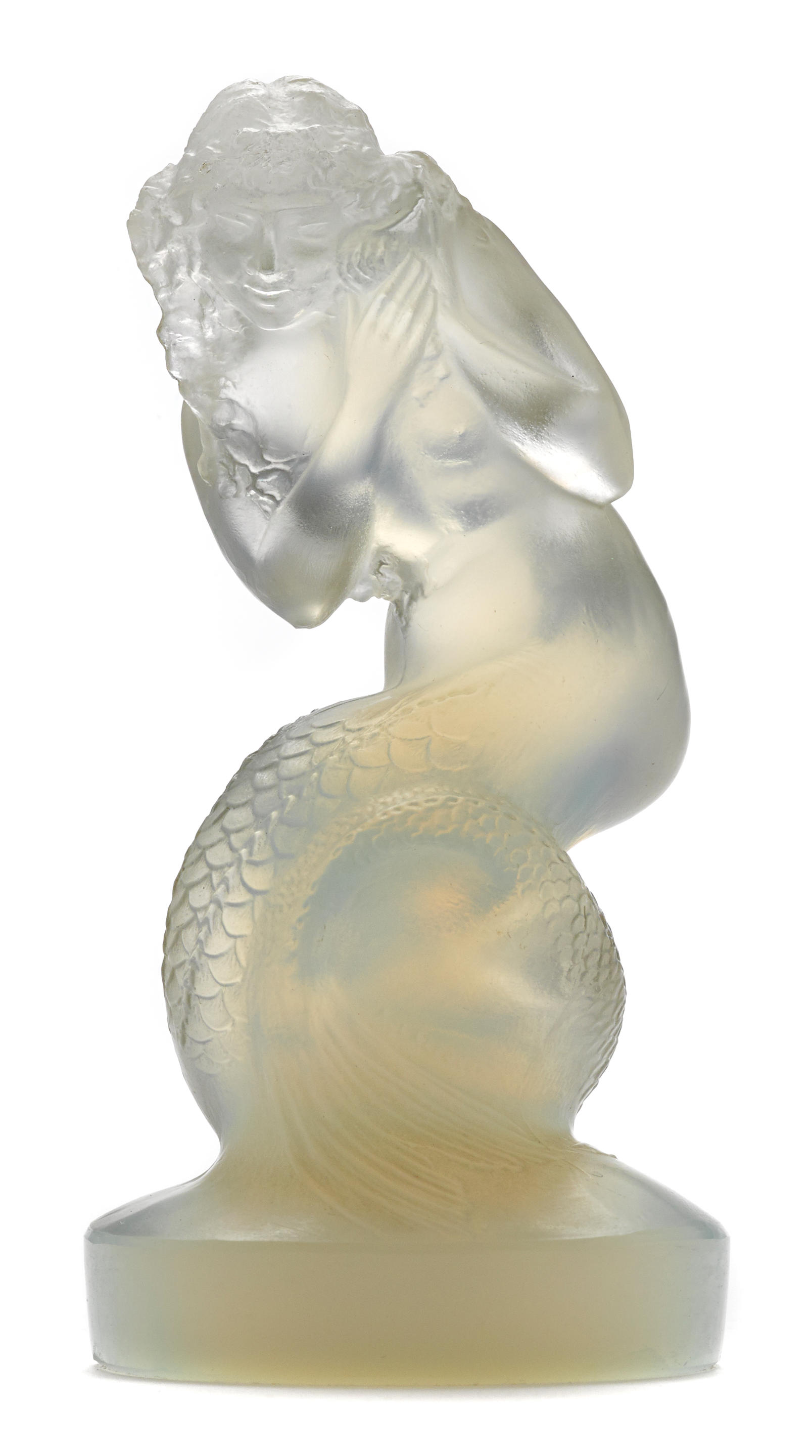
Try LotSearch and its premium features for 7 days - without any costs!
Be notified automatically about new items in upcoming auctions.
Create an alert